

Curated experiences in Timișoara
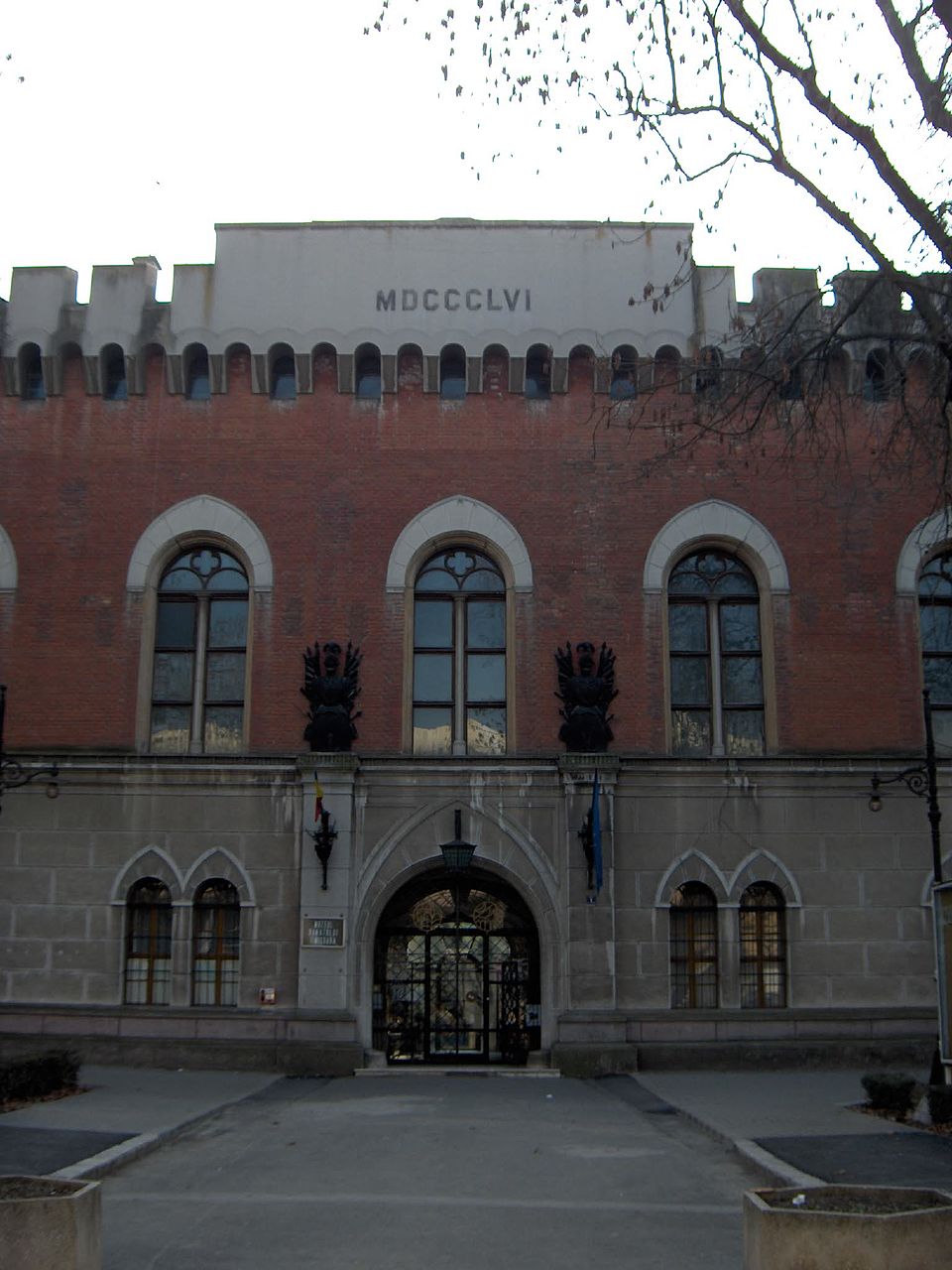
The Huniade Castle (Romanian: Castelul Huniade; Hungarian: Hunyadi-kastély; German: Schloss Hunyadi) is the oldest monument in Timișoara, Romania, built between …
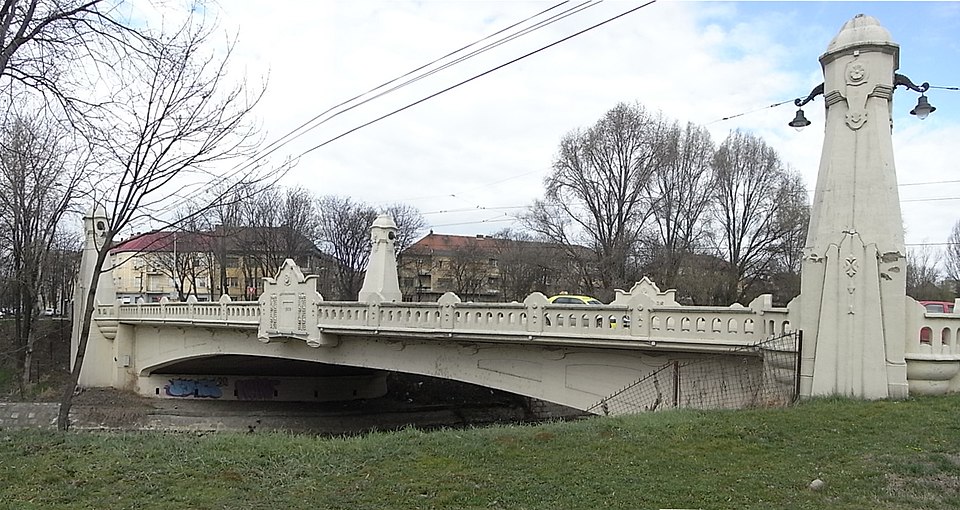
The Decebalus Bridge (Romanian: Podul Decebal) is located in the western Romanian city of Timișoara, spanning the Bega River. It …
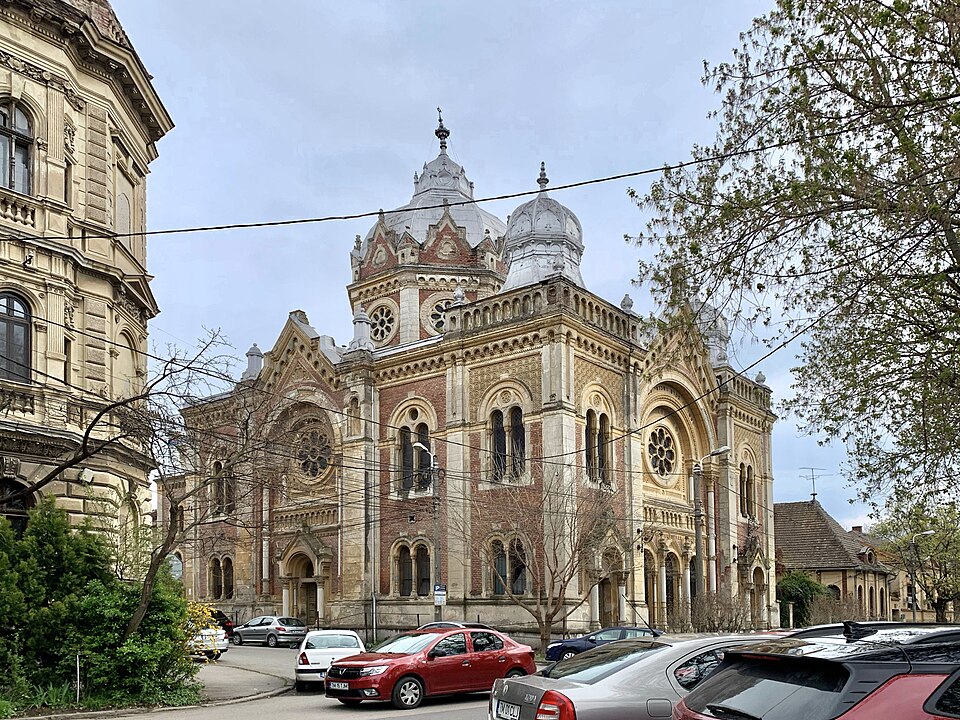
The Fabric Synagogue (Romanian: Sinagoga din Fabric), also called the New Synagogue, is a former Neolog Jewish congregation and synagogue, …
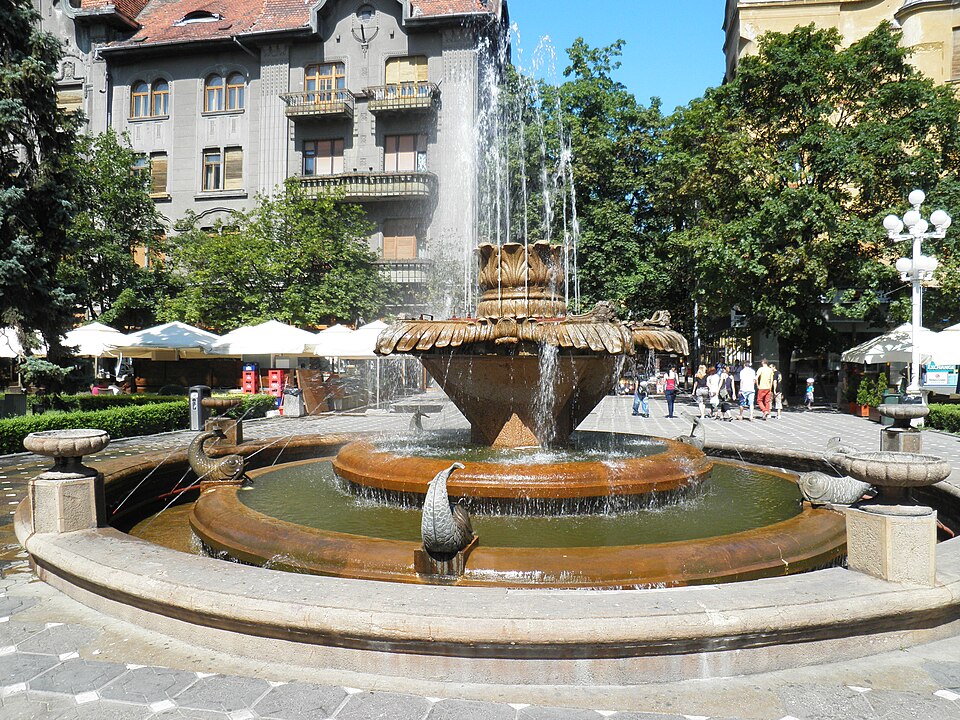
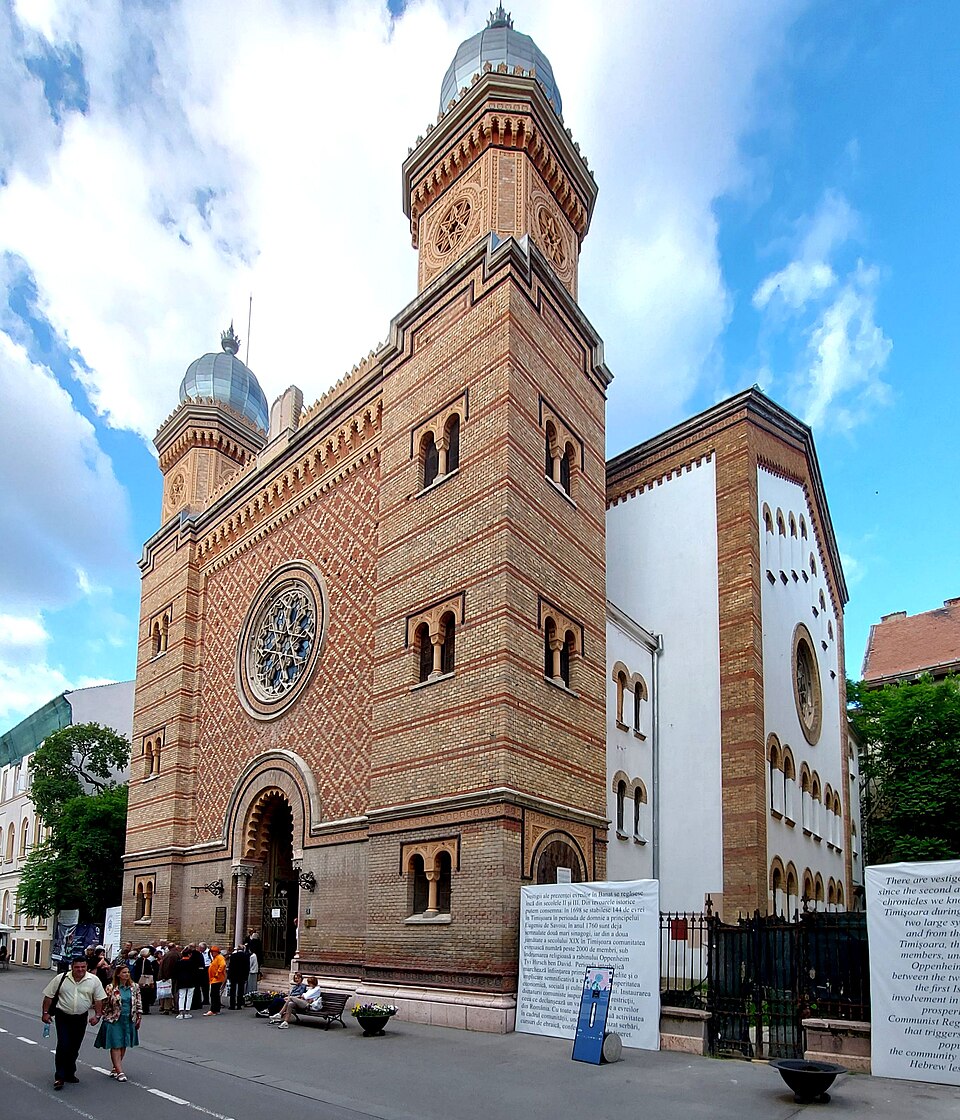
The Cetate Synagogue (Romanian: Sinagoga din Cetate) is a Neolog Jewish congregation and synagogue, located on Mărășești Street in the …
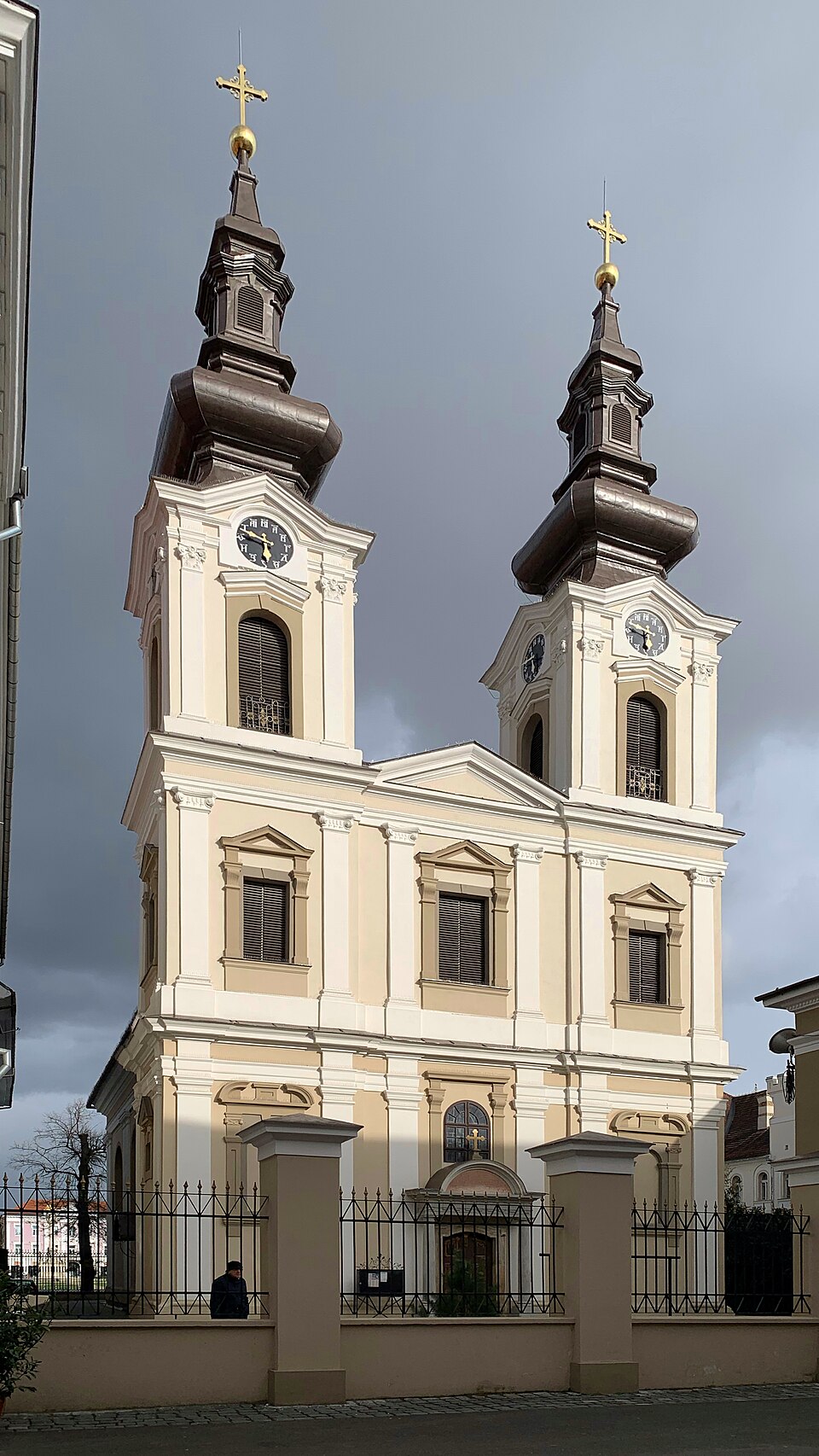
The Ascension Cathedral, commonly known as the Serbian Orthodox Cathedral (Romanian: Catedrala Ortodoxă Sârbă; Serbian: Српска православна саборна црква, romanized: …

The St. George Cathedral (Romanian: Catedrala Sf. Gheorghe), colloquially known as the Roman Catholic Dome (Romanian: Domul Romano-Catolic), is the …

The Banat Village Museum (Romanian: Muzeul Satului Bănățean) is an open-air ethnographic museum in northeastern Timișoara, at the edge of …
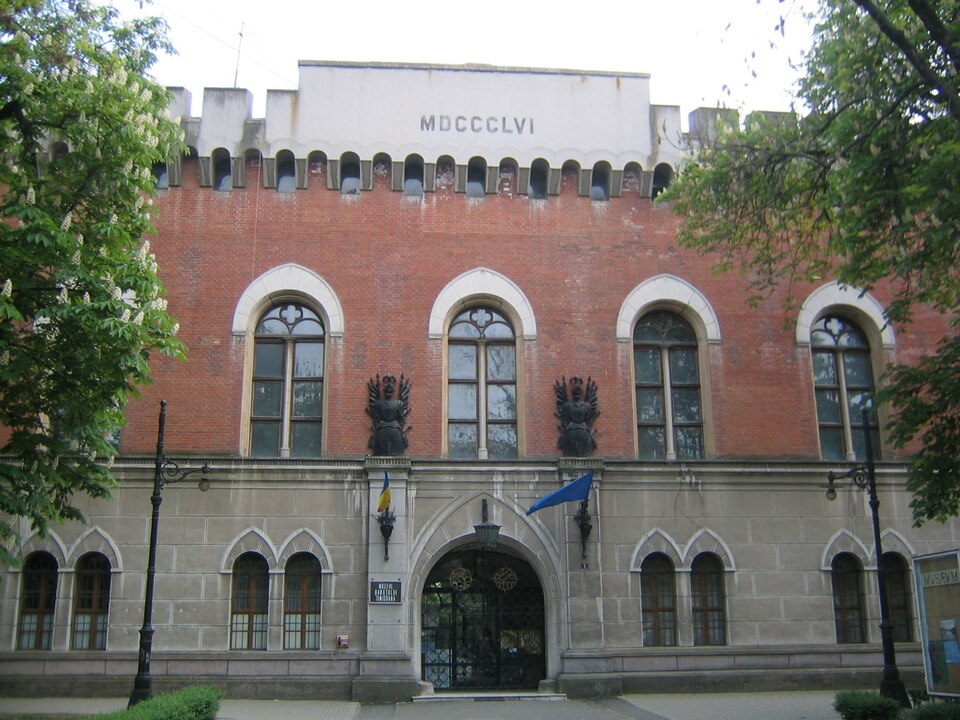
The National Museum of Banat (Romanian: Muzeul Național al Banatului; abbreviated MNaB) is a museum in Timișoara, Romania, headquartered in …
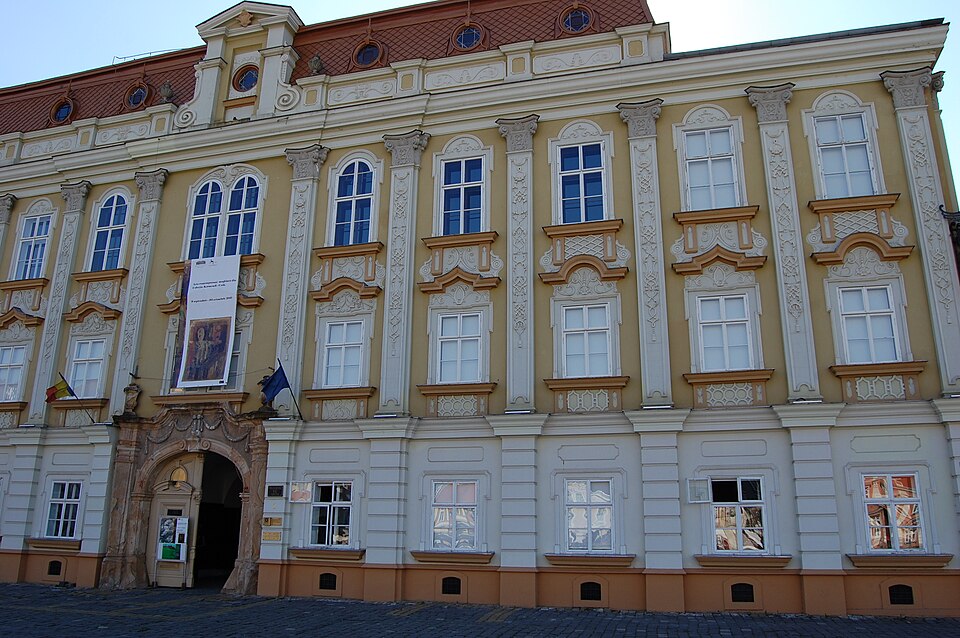
Create a personalized itinerary and unlock the finest experiences Timișoara has to offer
Plan Your Trip